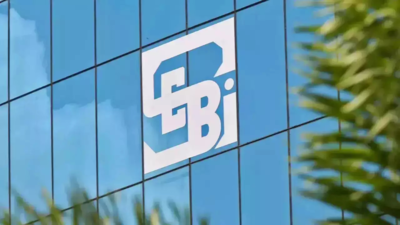
NEW DELHI: The Securities and Exchange Board of India (Sebi) on Wednesday announced stricter regulation for small and medium enterprises (SMEs) initial public offerings (IPOs) to address concerns around transparency, governance, and the misuse of funds in the SME segment.
The market regulator said that these will strengthen the SME IPO market, improve the quality of listing quality and safeguard investors.
As per the newly approved guidelines, the companies seeking SME exchange listing must show an operating profit (earnings before interest, depreciation, and tax – EBITDA) of Rs 1 crore in a minimum of two out of the previous three fiscal years when submitting their Draft Red Herring Prospectus (DRHP) , ensuring only financially robust and reliable companies access the market.
The regulations also limit selling shareholders from divesting beyond 50% of their stake during the initial public offering. Sebi also said that the offer for sale portion cannot exceed 20% of the total issue size.
Additionally, the watchdog also imposed restrictions on IPO proceeds utilisation. Companies are now prohibited from using these funds to settle loans from promoters, directors or associated parties, ensuring proper fund utilisation. The amount allocated for general corporate purpose (GCP) is capped at 15 per cent of the total issue size or Rs 10 crore, whichever is lower.
Also, the methodology of allocation for non-institutional investors (NIIs) in SME IPOs will be like the approach followed in main-board IPOs and the DRHP requires a 21-day public comment period.
Companies must advertise in newspapers and incorporate a QR code to facilitate easy DRHP access. The SME firms can secure additional funding without transitioning to the main board, provided they adhere to Sebi (LODR) regulations applicable to main board-listed organisations.
Companies listed on the SME platform must follow the same related party transaction (RPT) guidelines as those listed on the main board.
However, Sebi did not mandate a minimum size for the issue or the least required subscription for small business IPOs.
Earlier in November, Sebi in a consultation paper proposed to raise the minimum application size for the IPOs of SMEs to Rs 200,000 rupees from Rs 100,000.
Despite small and medium enterprises securing unexpected capital this year, issues regarding market inflation, corporate governance and share price manipulation attracted regulatory attention.
Sebi recently cancelled Trafiksol ITS Technologies’ SME IPO and instructed the firm to return investors’ funds, citing significant inaccuracies in the prospectus and suspected collaboration with a shell organisation.
In October, BSE delayed Trafiksol ITS Technologies’ SME platform listing following investor concerns. The Rs 45 crore IPO received overwhelming response with 345 times oversubscription, generating bids exceeding Rs 10,000 crore.
Small enterprises with yearly revenue between Rs 5 crore and Rs 250 crore list on separate segments of the BSE and NSE. These listings face reduced disclosure requirements and are cleared by exchanges, unlike larger IPOs which requires Sebi clearance.
This year approximately 230 SMEs raised Rs 8,414 crore, out of which 126 IPOs received subscription exceeding 100 times, and the average bids doubled to 178 times.
Meanwhile, Sebi also also announced measures to enhance operational efficiency for Debenture Trustees, ESG rating providers, InvITs, REITs, and SM REITs. It also opted to revise investment banking regulations.






































